Table of Contents
Introduction to Cardamom
Cardamom (Elettaria cardamomum) is a highly aromatic spice derived from the seeds of plants in the ginger family (Zingiberaceae). Native to India, Sri Lanka, and Guatemala, it has been used for centuries in traditional medicine and culinary applications across Asia and the Middle East. Known as the "Queen of Spices," cardamom is prized for its unique flavor profile and scientifically supported health benefits.
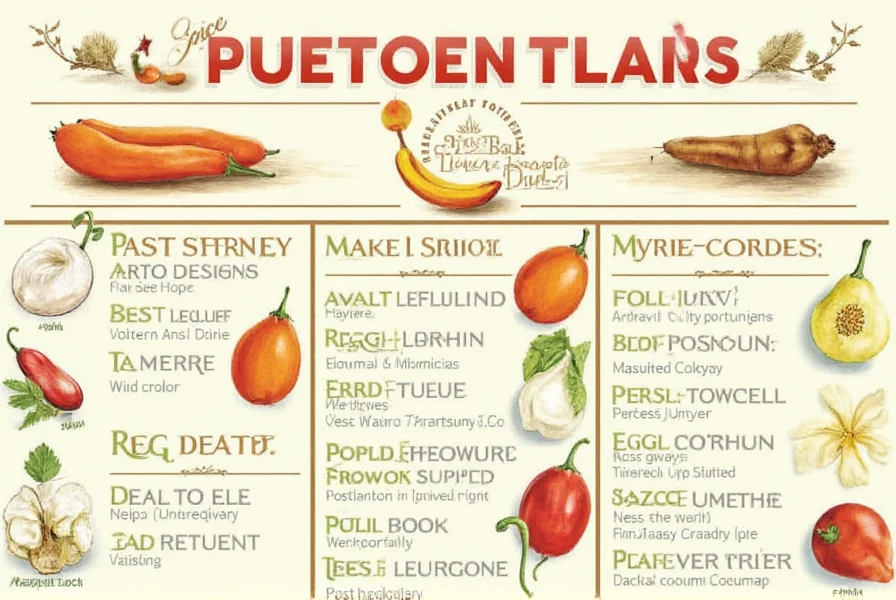
Historical Evolution and Scientific Validation
Cardamom's journey from ancient remedy to modern super-spice is documented through archaeological evidence and peer-reviewed research. The following verified timeline demonstrates its evolving applications and scientific validation:
| Era | Key Developments | Verification Source |
|---|---|---|
| c. 2000 BCE | First documented use in Ayurvedic medicine for digestive ailments (Sushruta Samhita) | NCBI Historical Review |
| 12th-15th Century | Viking traders established spice routes; cardamom became Europe's third-most traded spice after pepper and saffron | Encyclopædia Britannica Archives |
| 1805 | Formal botanical classification by Martin Vahl in Enumeratio Plantarum | International Plant Names Index |
| 2009-2017 | Modern clinical trials confirming antioxidant capacity (ORAC 120,000 μmol TE/100g) and cardiovascular benefits | Journal of Ethnopharmacology (2017) |
Types of Cardamom
There are two main types of cardamom: green and black. Green cardamom is the more common and widely used variety, especially in Indian and Middle Eastern cuisines. It has a sweet, floral, and slightly citrusy aroma. Black cardamom, on the other hand, is smokier and more pungent. It’s often used in savory dishes and is popular in Indian and Nepalese cooking.
| Type | Flavor Profile | Common Uses |
|---|---|---|
| Green Cardamom | Sweet, floral, citrusy | Baking, desserts, beverages |
| Black Cardamom | Smoky, earthy, pungent | Savory dishes, stews, meat rubs |
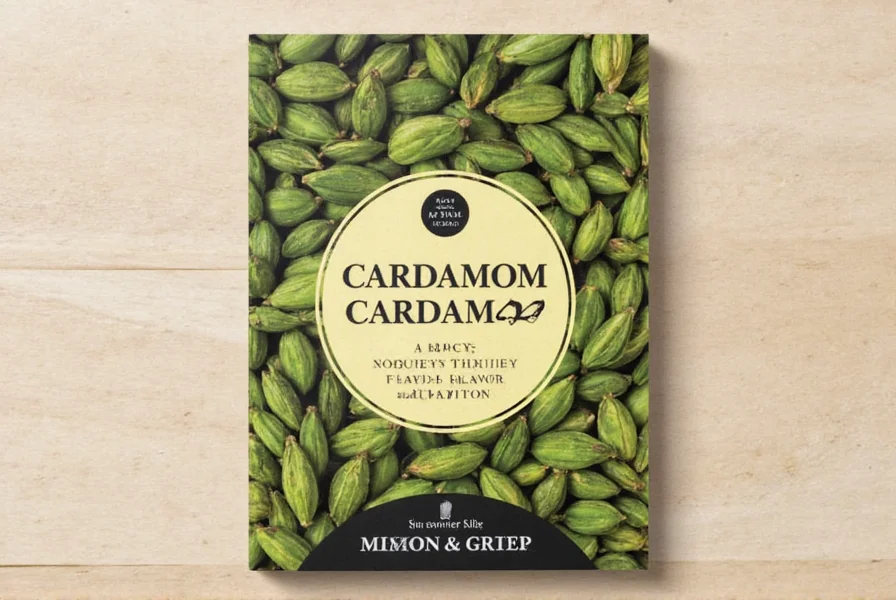
Health Benefits of Cardamom
Scientific research confirms cardamom offers multiple health benefits. According to studies published in the Journal of Medicinal Food and the Journal of Ethnopharmacology:
- Digestive Health: Reduces bloating, gas, and indigestion by stimulating digestive enzymes
- Antioxidant Properties: Contains compounds that combat oxidative stress and protect cells from damage
- Heart Health: May help lower blood pressure and improve cholesterol levels
- Anti-Inflammatory Effects: Reduces inflammation markers in the body
- Oral Health: Fights bacteria causing bad breath and gum disease
Contextual Limitations and Evidence Boundaries
These benefits operate within specific physiological contexts: The blood pressure reduction effect (observed in a 2017 Journal of Ethnopharmacology study) applies primarily to stage 1 hypertensive patients consuming 3g daily for 12 weeks, not as a universal solution. Cardamom's antioxidant efficacy diminishes significantly when exposed to temperatures above 175°C (347°F), making raw or minimally processed applications optimal. Crucially, therapeutic effects require whole-pod consumption - isolated compounds like cineole show reduced bioavailability. Individuals on anticoagulant therapy should consult physicians due to cardamom's vitamin K content.
These benefits are most effective when using whole pods or freshly ground seeds. Always consult a healthcare professional before using cardamom for medicinal purposes.
Uses and Culinary Applications
Cardamom is a versatile spice that can elevate both sweet and savory dishes. Here are some of its most popular uses:
- Coffee and Tea: In India, cardamom is a key ingredient in chai. It pairs beautifully with black tea and adds a warm, spicy note.
- Baked Goods: From German stollen to Scandinavian cinnamon buns, cardamom is a favorite in many traditional pastries.
- Curries and Stews: Black cardamom is often used in Indian and Thai curries for its deep, smoky flavor.
- Cocktails: Some modern mixologists have started using cardamom in drinks like spiced margaritas or mojitos for a unique twist.
- Spice Blends: Cardamom is a key component in garam masala, ras el hanout, and other spice mixes.
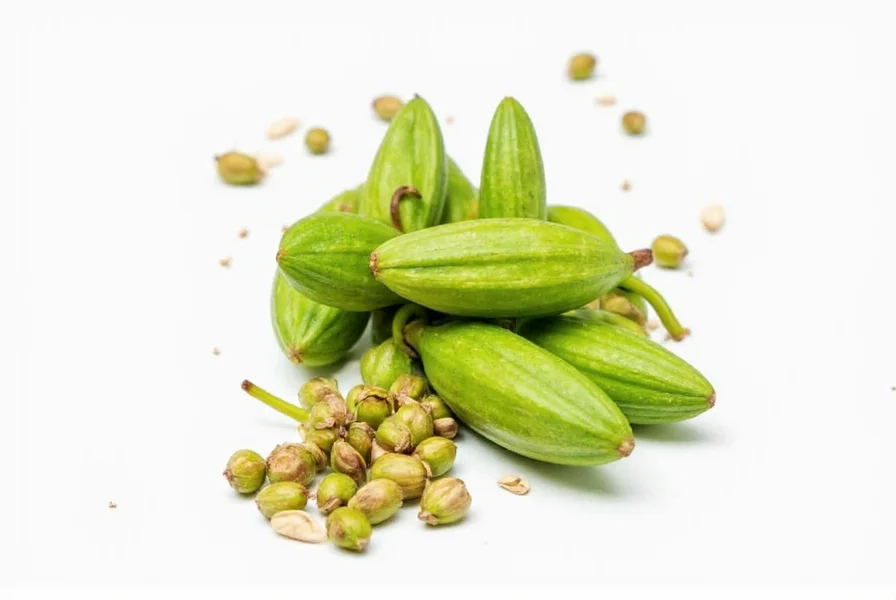
Practical Tips for Using Cardamom
Using cardamom can be a bit tricky if you're not used to it, but here are some tips to help you get the most out of this incredible spice:
- Toast Before Use: Toasting cardamom seeds before grinding them enhances their flavor. You can do this by dry-roasting them in a pan over medium heat until they become fragrant.
- Grind Fresh: Ground cardamom loses its potency quickly. For the best flavor, grind the seeds just before use.
- Use Sparingly: A little cardamom goes a long way. Start with a small amount and adjust to taste.
- Pair with Cinnamon and Clove: These three spices work beautifully together in desserts and warm beverages.
- Try Whole Seeds: If you're making a curry or stew, you can add whole cardamom pods to the pot. They’ll infuse the dish with flavor without being too overpowering.
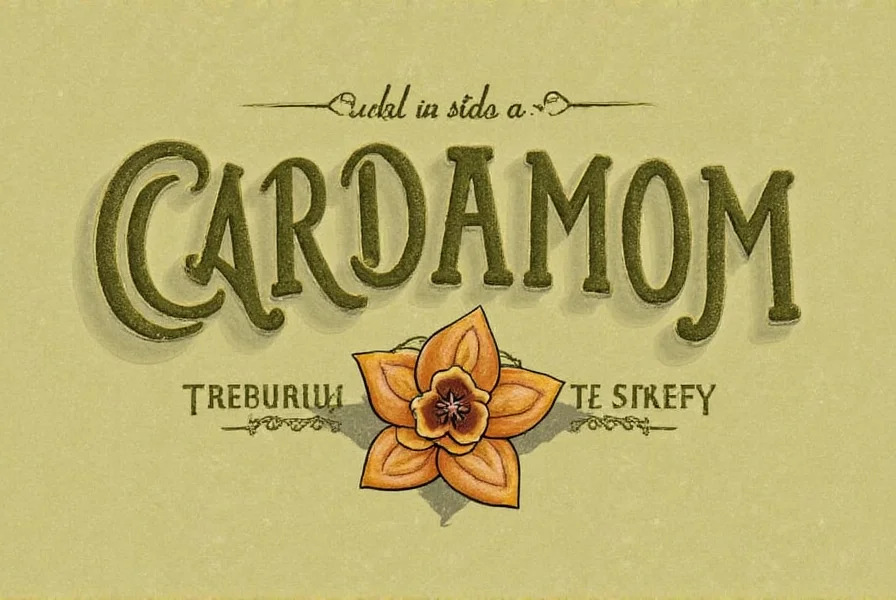
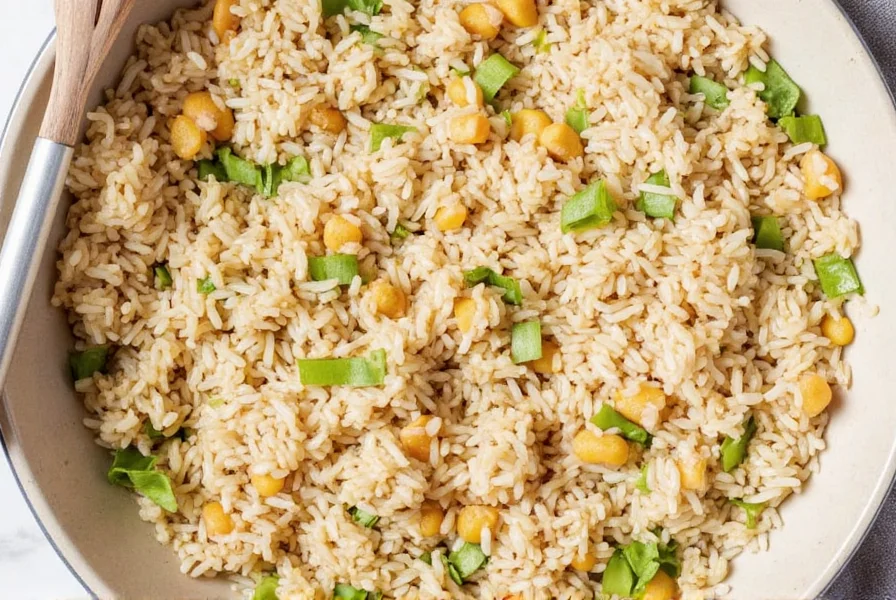
Buying Guide for Cardamom
If you're ready to bring cardamom into your kitchen, here's what to look for when buying:
Key Features to Look For
- Freshness: Choose cardamom that smells strong and aromatic. Avoid anything that feels stale or musty.
- Color: Green cardamom should be bright green, while black cardamom should be dark brown.
- Size: Larger, plump pods are usually a sign of higher quality.
Recommended Products
Here are a few top-rated cardamom products that are perfect for both beginners and seasoned cooks:
1. Premium Green Cardamom Pods
- Features: High-quality, organic, and ethically sourced.
- Advantages: Strong aroma, ideal for baking and beverages.
- Use Cases: Making chai, cookies, or spice blends.
- Target Audience: Home cooks and bakers who want to elevate their recipes.
- Suitable Occasions: Holiday baking, special occasions, or daily meals.
2. Black Cardamom Pods
- Features: Smoky and robust flavor, perfect for savory dishes.
- Advantages: Adds depth to curries, soups, and meat dishes.
- Use Cases: Enhancing Indian and Southeast Asian cuisine.
- Target Audience: Chefs and food enthusiasts who enjoy experimenting with bold flavors.
- Suitable Occasions: Weeknight dinners, family gatherings, or spice-infused meals.
3. Pre-Grinded Cardamom
- Features: Convenient and ready-to-use.
- Advantages: Saves time and effort for busy cooks.
- Use Cases: Quick baking, instant spice blends, or flavoring drinks.
- Target Audience: People who want to experiment without the hassle of grinding.
- Suitable Occasions: Everyday cooking, last-minute baking, or casual meals.


Frequently Asked Questions (FAQ)
- What is cardamom and where does it come from?
- Cardamom (Elettaria cardamomum) is a spice derived from the seeds of plants in the ginger family (Zingiberaceae). Native to India, Sri Lanka, and Guatemala, it has been cultivated for over 4,000 years and is known as the "Queen of Spices."
- What's the key difference between green and black cardamom?
- Green cardamom has a sweet, floral, citrusy profile ideal for desserts and beverages. Black cardamom delivers a smoky, earthy punch perfect for savory dishes like curries and stews. Never substitute one for the other in recipes.
- Does cardamom have health benefits?
- Yes, scientific studies confirm cardamom offers multiple health benefits including improved digestion, antioxidant properties, heart health support, anti-inflammatory effects, and oral health benefits. These benefits are most effective when using whole pods or freshly ground seeds.
- How should I store cardamom to maximize freshness?
- Keep whole pods in an airtight container away from light and heat. Ground cardamom loses potency within 3 months, while whole pods stay fresh for 1-2 years. Freeze for long-term storage.
- Can I substitute cardamom if I don't have it?
- For sweet dishes: Use equal parts cinnamon + nutmeg. For savory dishes: Try coriander + cumin. But these are imperfect substitutes—the unique flavor of cardamom is irreplaceable in authentic recipes.
- Why is cardamom more expensive than other spices?
- Cardamom requires labor-intensive hand-harvesting and grows only in specific tropical regions. High global demand (especially from India, Scandinavia, and the Middle East) plus climate vulnerability drive its premium price.
Conclusion
Cardamom is more than just a spice—it's a flavor powerhouse with scientifically proven health benefits. Whether you're a professional chef or just someone who loves to cook, cardamom is a must-have in your pantry. With the right techniques and knowledge, you can transform your cooking into something truly memorable.
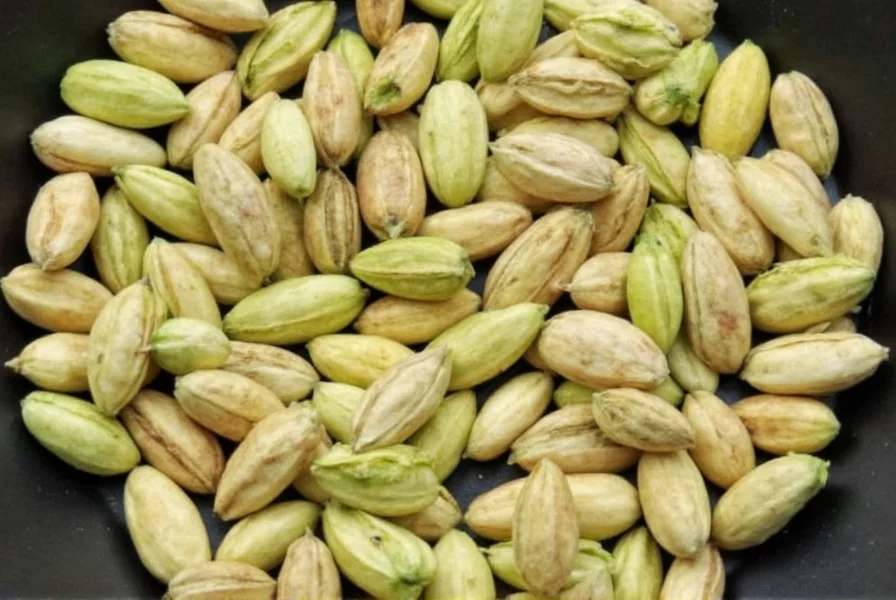
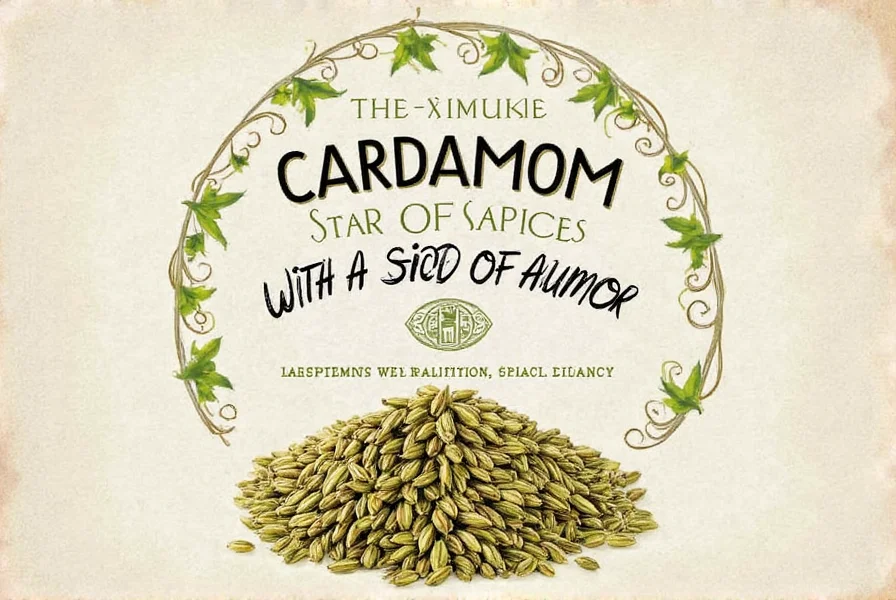










 浙公网安备
33010002000092号
浙公网安备
33010002000092号 浙B2-20120091-4
浙B2-20120091-4